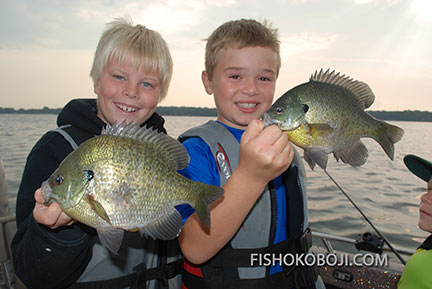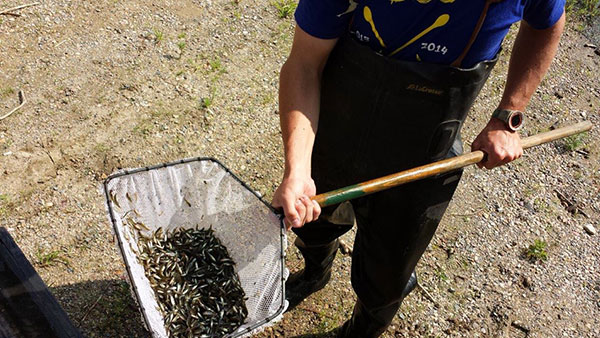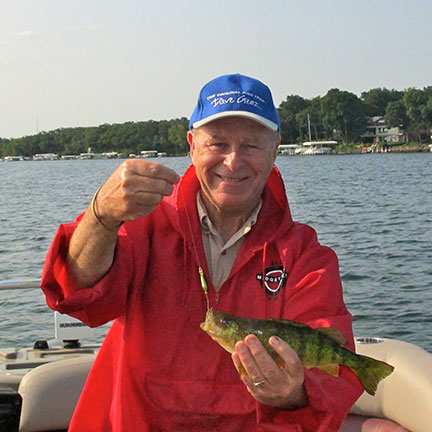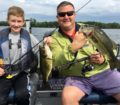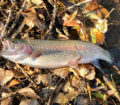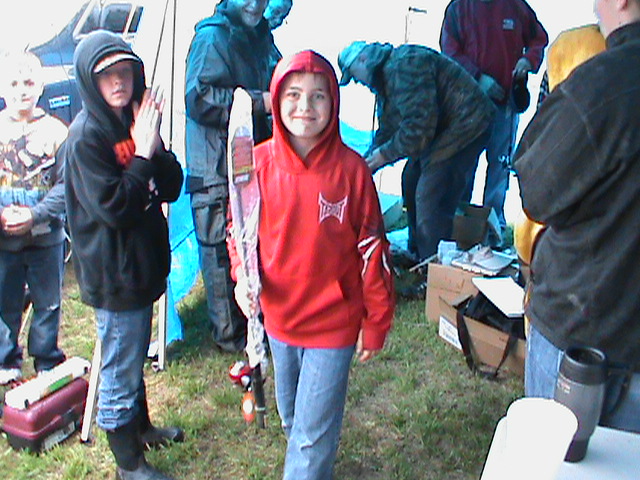By Steve Weisman
It’s amazing how fast the summer goes once we hit the 4th of July! With the cooler than normal temperatures so far, it makes fall and the start of school seem even closer.
This is the time of year that the panfish action can be great on both West Okoboji. The bays have tremendous weed growth, and the deep weedlines are now established. The only trouble I have is just how massive a fishing area this is when you say deep weedline in 18-25 feet of water. No matter the bay or the point, you can find this type of structure.
So, I’ve found you either go by spots from previous years, check the local baitshops for at least a general area, rely on a fishing buddy for a little help or just head out on the lake and look for some boats working an area and start exploring for yourself.
Eliminate water
To eliminate a lot of the water, I would say that either side of the bar between Pocahontas and Eagle Points, the deep weeds north of Hiawatha Point, the deep weeds between Omaha Point north into Haywards Bay and the North Bay either off of Pikes Point or out in front of the Harbor.
So, that narrows it down, but it still leaves a huge area to work. With these spots in mind, however, I would pick one and begin to work it. If you have a good locator, motor the area looking for fish relating to the weeds. Sometimes they are in, sometimes above and sometimes outside the weeds. You can eliminate a lot of water in a hurry by doing this first.
Once you spy what you are looking for, consider either slowly drifting that area if the wind is down or use your front trolling motor to bump you along the weeds.
Sometimes I will see a big school of fish out away from the weeds in 30-40 feet of water, but suspended. These fish are often wandering around, and you’ll be on them and then they are gone. The choice then is to wait for them to wander back, go looking for them or move on to another area.
Both aggressive perch and bluegills will go after your baits. Be forewarned, however, there are lots and lots of 5-6 inch perch and bluegills. So, you will get all kinds of hits and most likely catch a lot of smaller fish.
I will keep working an area, drifting or trolling along, until I either get a really good “thump” or catch a good 8+-inch gill or perch. It seems that the gills and perch often frequent the same areas.
Once this happens, I will put my trolling motor on anchor lock and sit in that area for a while. A few minutes will tell you whether you are on a good school or it was just a random keeper.
Presentation
For this type of fishing, I really like using the Shuck’s Jigger Minnow. It gets down quickly, but at the same time it can be maneuvered over and around the weeds. Plus, I like to straight-line and either watch the rod tip or feel the bite. As for color, that’s personal preference, but I really like the green/gold one. Belgian worms, silver wigglers, wax worms and smaller leeches are all good choices.
Of course, a slip bobber with a splitshot and plain hook is a good choice. This works especially well if you have a little chop on the water. The wave action can definitely entice a bite. A mini jig or a small ice fishing lure like a 1/64-ounce Clam Drop Jig are also good choices.
Unless the bite is super fast, I will use two rods and set one close to the bottom and the other one work up and down the water column – just to see if big fish might be suspended.
For the most part, it’s all about a jiggle, jiggle, jiggle…then sit presentation. One thing you will find-these fish can steal a lot of bait with their peck, peck, peck. Then all of a sudden, you will have a “thump,” and it will be a good one.
Even if it comes down to sorting, nothing still beats that tug at the end of the line. I’ve often wondered how a six-inch gill or perch can smack a lure that hard!
Of course, the end result of all of this is a great meal of fresh fish! Bon Appetit!

